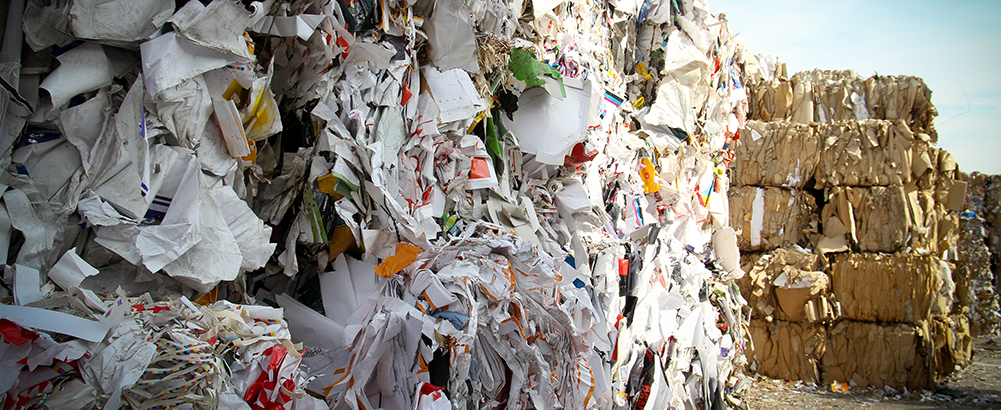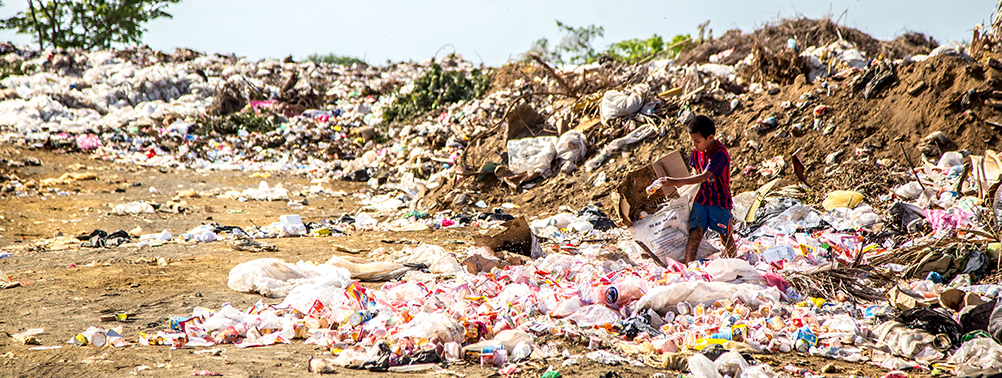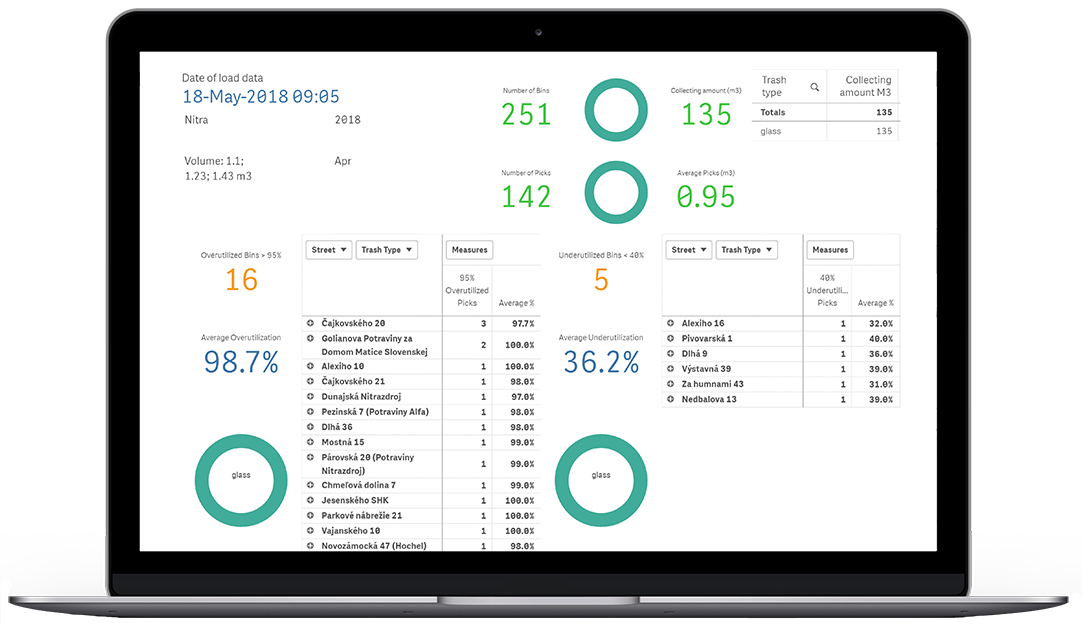The most waste generate countries like USA, Canada, Australia. They all produce in average 1 kilogram of waste per capita per day. Wait but all around the world, the rest of us, we’re not being responsible too.
Large cities population generates around 4.6 kilograms of waste per capita. Compared to that, rural areas produce only 0.11. The above amount of 1 kilogram per capita per day then varies a lot. Now imagine that 68% of the world population will live in the urban areas by 2050, and that’s not far future anymore.
 Photo by Bas Emmen on Unsplash
Photo by Bas Emmen on Unsplash
One can only imagine, what it will look like for waste collection services in near decades. World Bank’s analysts calculated that by 2050 world will produce 3.4 billions of tons of waste per year. In 2016 we all generated 2.02 billion. Briefly, it won’t go away. And we should deal with it responsibly. How to then?
One of the ways how to do it is to have efficient and effective waste collection management. As cities will grow, the demand for effective waste collection will increase too. Local and government authorities spend one-third of (large amount) of its budget to manage waste.
 Photo by Hermes Rivera on Unsplash
Photo by Hermes Rivera on Unsplash
Let’s take an example illustration. Full commercial fees for collection of waste would round 300$ per capita a year. An average fee in high-income countries goes about 170$. Rest is subsidized by tax revenues from local governments. In summary, the average city spent 4 to 11% of its annual budget to collect solid waste.
As a matter of fact, this isn’t sustainable and it can’t prevail any longer. In fact, costs for collection and proper controlled dumping range around 350$ to 400$ per tone a year. Urban budgets will be able to hold onto waste collection management tax support only for so long.
What are the costs for waste collection management?
Waste management costs for cities belong mainly to two categories:
A. Infrastructure investments on equipment
B. Operation costs into maintenance and people
The easiest to optimize to lower points are neither people nor investments into infrastructure. Surely, larger bins are able to reduce operational costs for fuel on waste collection drives. On the other hand, this is one of the largest investments too. The real magic comes from optimizing based on data. That’s when waste monitoring via smart waste sensors comes to play. Let’s do a quick review of sensor solution and analytics by Sensoneo.

What benefits do monitoring waste sensors in bins bring?
- They signal when the bins are about to be full so that the operator can plan collection and prepare the route for drivers
- Based on the amount of waste in the area, the operations are able to adjust infrastructure – the number of bins, their location, size and plan effective collection route
- Citizens have all the necessary information in their hands too due Citizen app. It shows where are the nearest bins are and how full they are, so they can decide where to dispose of their waste
Through smart solutions like Sensoneo and many others, cities are now able to get waste under control and keep it there. Data analysis provides options to optimize high collection costs from taxpayers money.
Find out how Sensoneo can help cities to grow more responsible.
We have a weekly conference call (video) for all interested in our solution where we explain our solution and give you a live tour of Sensoneo smart software.




